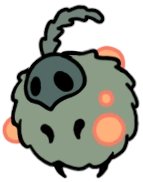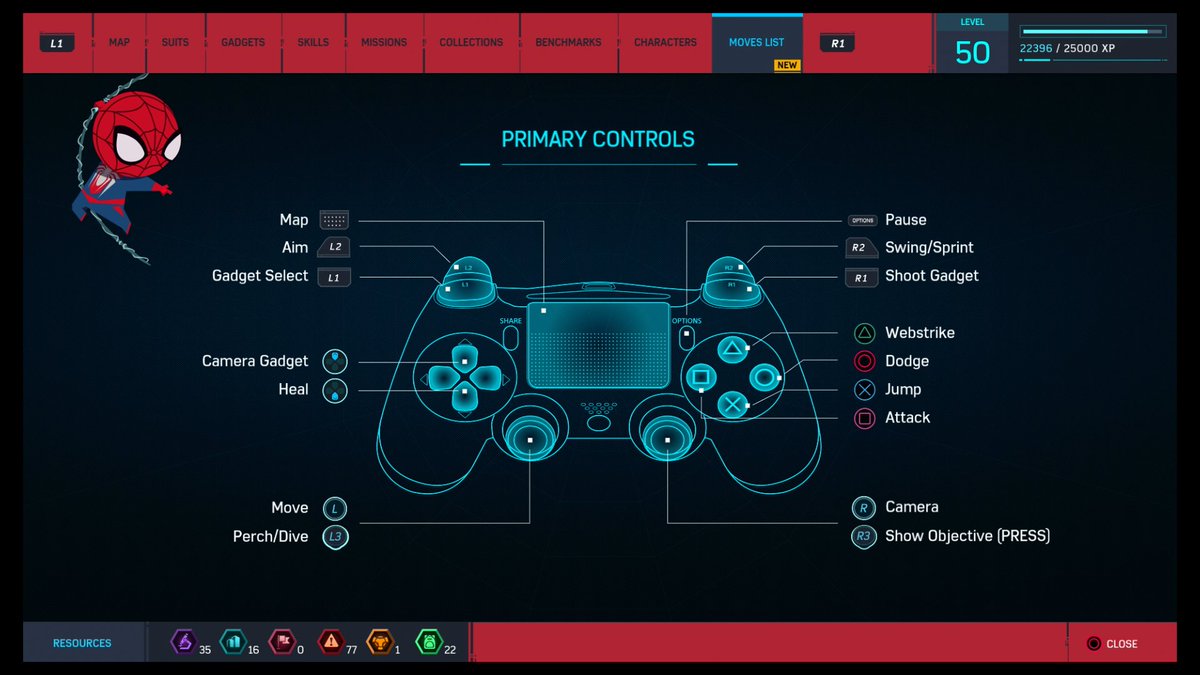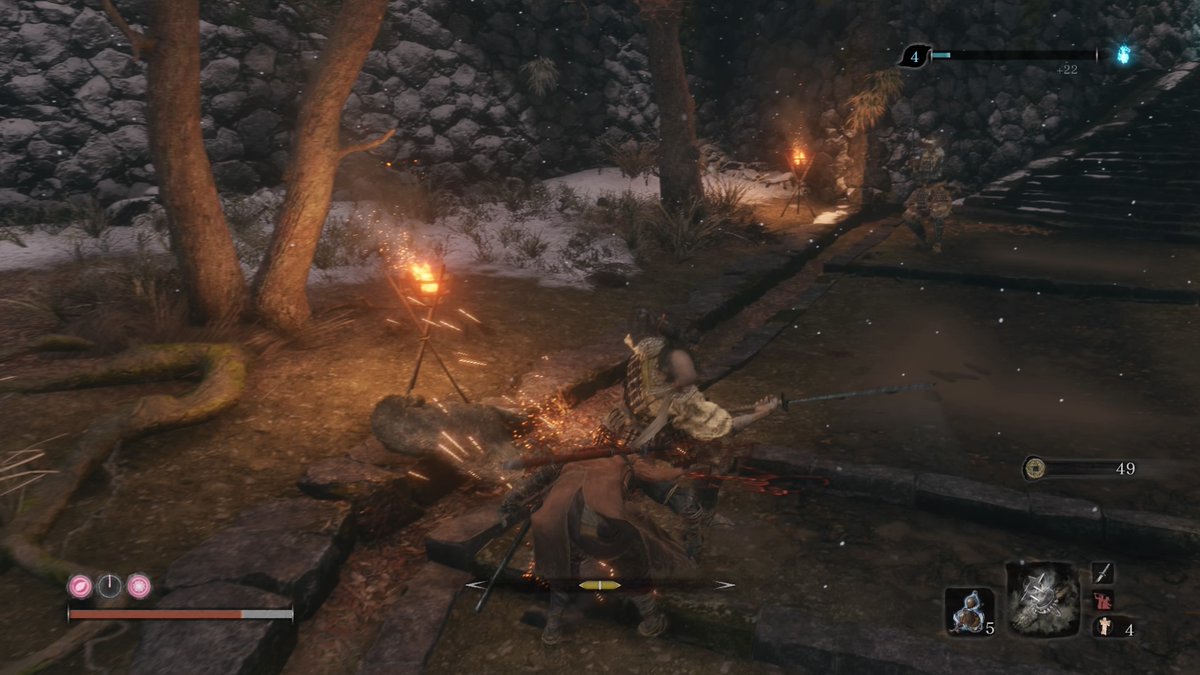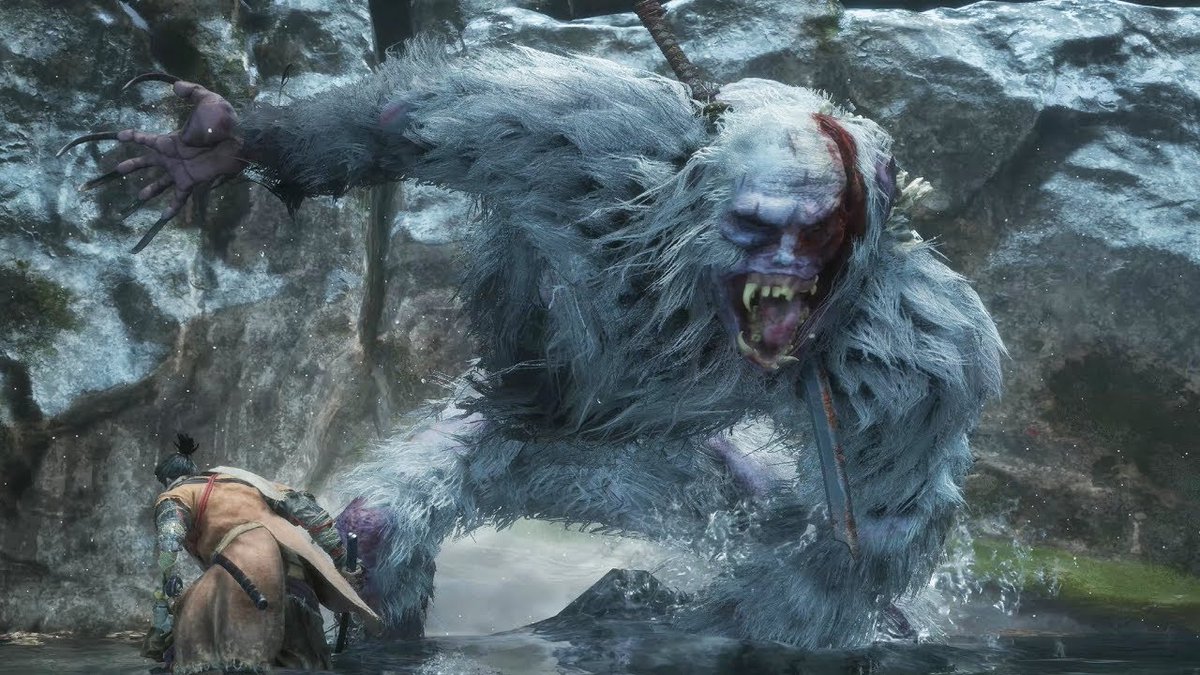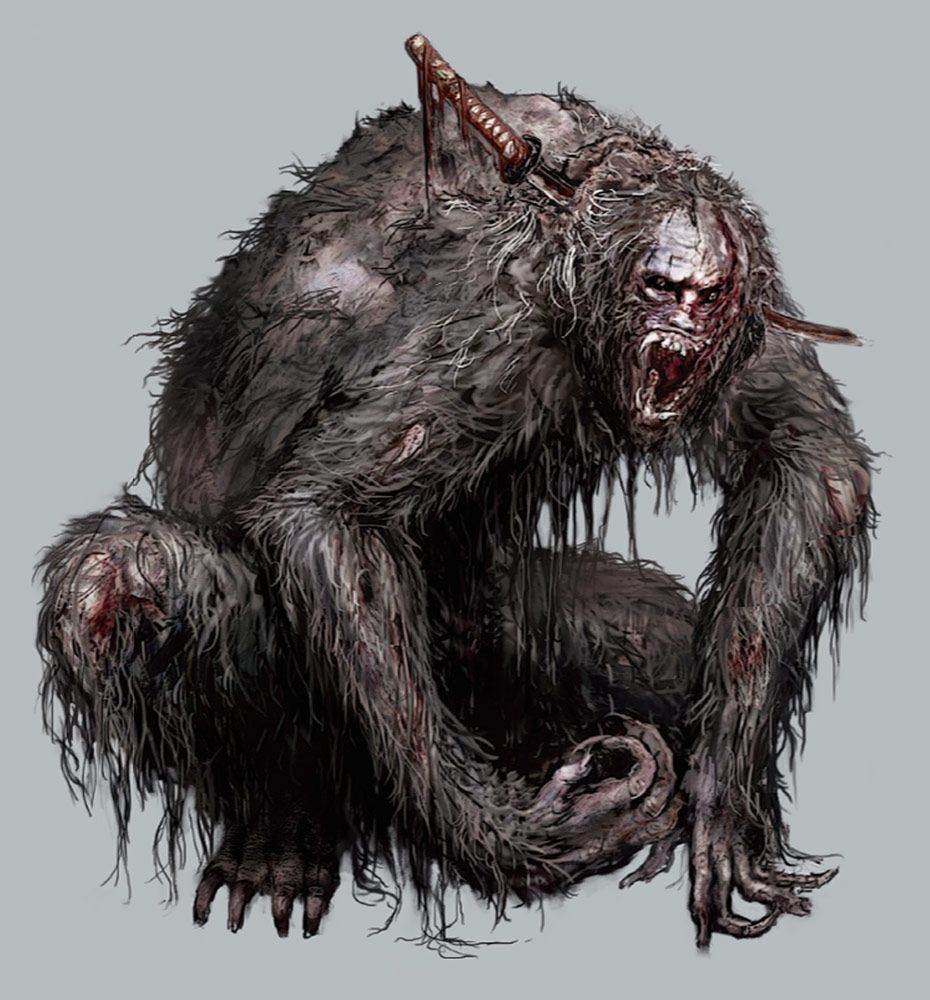How do melee combat systems REINFORCE the fantasy of the player character? These gameplay systems are designed around a set of INTERCONNECTED rules that nudge players towards a certain playstyle or action. Let’s compare some popular melee action games. #combatdesign #gamedesign 





Sekiro replaced the global stamina system from Souls game and implemented a Posture/guard meter. This discourages the player from being PASSIVE; however, the addition of the Parry mechanic allows the player to COUNTERACT this limitation via skill and mastery of each enemy. 1/5
Combat mechanics in modern melee action games have their roots in fighting games. Guard meters have been around for 20+ years and their purpose is to discourage players from INACTION. Since fighting game rounds are time limited, guard meters force the pace of the action. 2/5
Street Fighter Alpha 3 takes this a step further by losing a chunk of guard meter every time the player gets Guard Crushed. This extra tension creates emergent situations where strategy, counter-counter strategy and risk taking increases tenfold. 3/5
Sekiro’s Posture system is slightly more forgiving, yet functions similarly. The meter fills up as you block (or take damage). If the player is blocking as the meter overflows, they become stunned/vulnerable for a few moments. 4/4
Posture reduces fastest by, ironically, blocking (without getting hit). Parrying is HIGH RISK (mistime a parry and increase your posture) HIGH REWARD (increase ENEMY posture meter/stall yours). Attacking/evading/sprinting stall your meter as a way to balance unlimited usage. 5/5
Rage mode in God of War is a PASSIVE system where an (orange) meter fills up based on SUCCESSFUL attacks. The player isn’t forced to resource manage and it operates separately from the special move cooldowns. Instead of encouraging a playstyle, Rage mode serves as a REWARD. 1/6
Rage mode also has its roots in a common fighting game mechanic called Super meter. A bar fills up over time, and once full, gives the player access to a new ability. Super Street Fighter 2 Turbo was one the first fighting games to introduce this mechanic, some 27 years ago. 2/6
The player can activate it to unleash massive damage. The Rage meter is a mechanical interpretation of the metaphor “Get Out of Jail Free Card.” Its advantageous to use in ANY situation. There are a handful of elements that make this mechanic extremely FORGIVING/POWERFUL. 3/6
The Rage meter can ONLY deplete if activated. The player isn’t penalized for playing poorly as you see in the 1st part of this video. The ACTIVATION serves as a powerful hit that launches nearby enemies. A full screen filter let’s the player know they are in a special state. 4/6
Kratos plays unique attack animations for Light/Heavy Attacks. The translation/reach of attacks is also increased to ensure the player has less chance of missing. The meter reduces on every attack button press as well as over time, so there's a small layer of strategy. 5/6
Enemies play UNIQUE hit reactions to sell the feeling of immense power. Also, the player gains some health over time and with each successful hit to enhance this RUBBER BAND mechanic. Finally, Kratos doesn’t play a hit reaction and I suspect there's damage reduction when hit. 6/6
In Spider-Man, the Focus bar is divided into 3 segments. It fills as Spidey attacks/takes damage. Each segment allows Spidery to perform 1 Finisher. The player can use meter to Heal as well. Similar to God of War, the bar doesn't deplete based on poor performance. 1/2
This element of choice/strategy designed into one meter is another staple of fighting games. In Street Fighter V, the player can choose to use each individual segment to pull of special "EX" moves. Or they can wait until bar is full to perform a Critical Art (super move). 2/2
The Regain system in Bloodborne is a high risk/situational-reward mechanic that allows players to regain a portion of health they just lost. When the player gets hit, the player loses health but can fill up their health up to a certain point (indicated by the white tick). 1/2
The player has ~3s to incrementally gain back health per successful attack. If the player is hit during this timeframe, the player loses the chance to gain back that initial chunk of health. This is an example of a HARDCORE rubber band mechanic with DIMINISHING returns. 2/2
• • •
Missing some Tweet in this thread? You can try to
force a refresh





